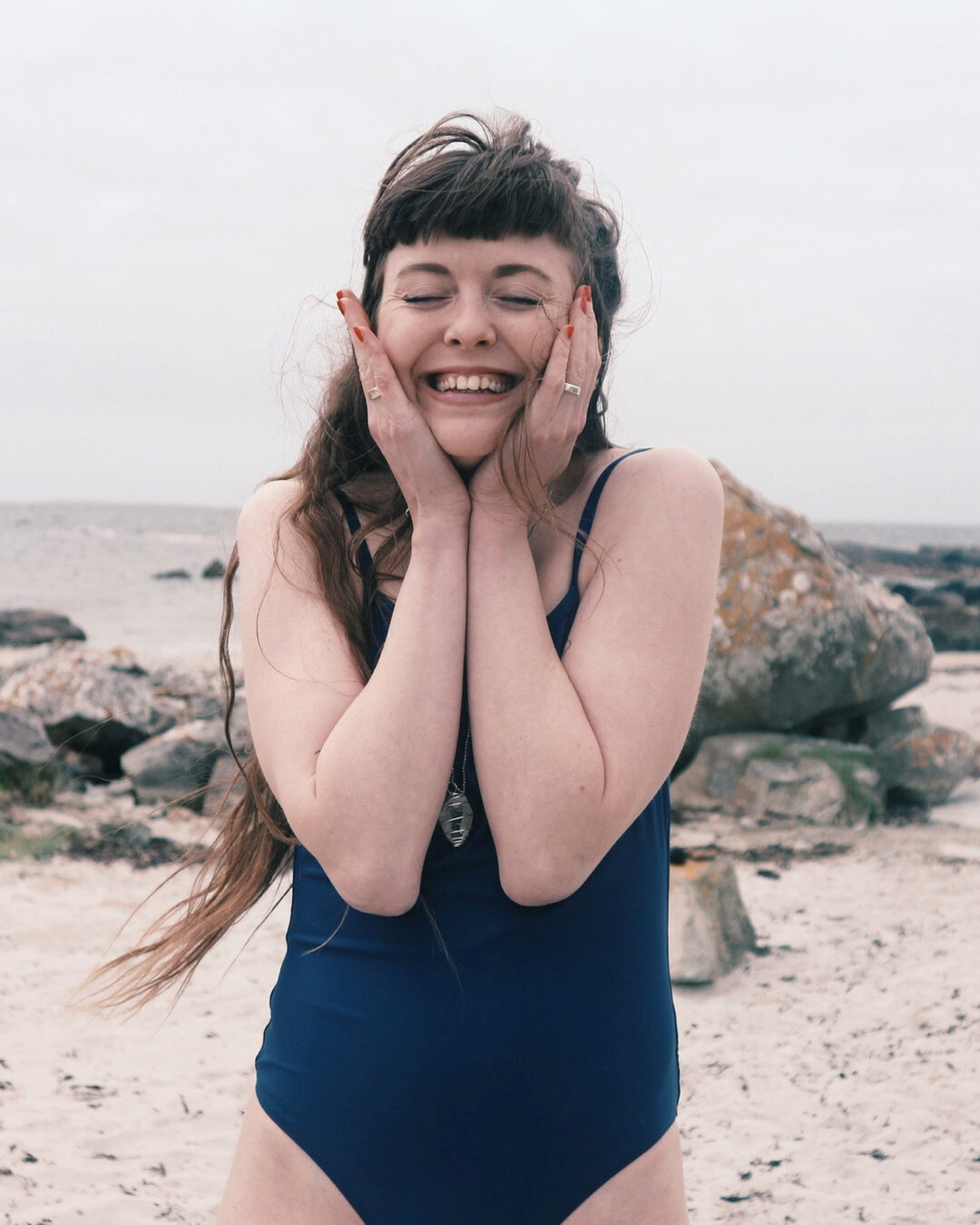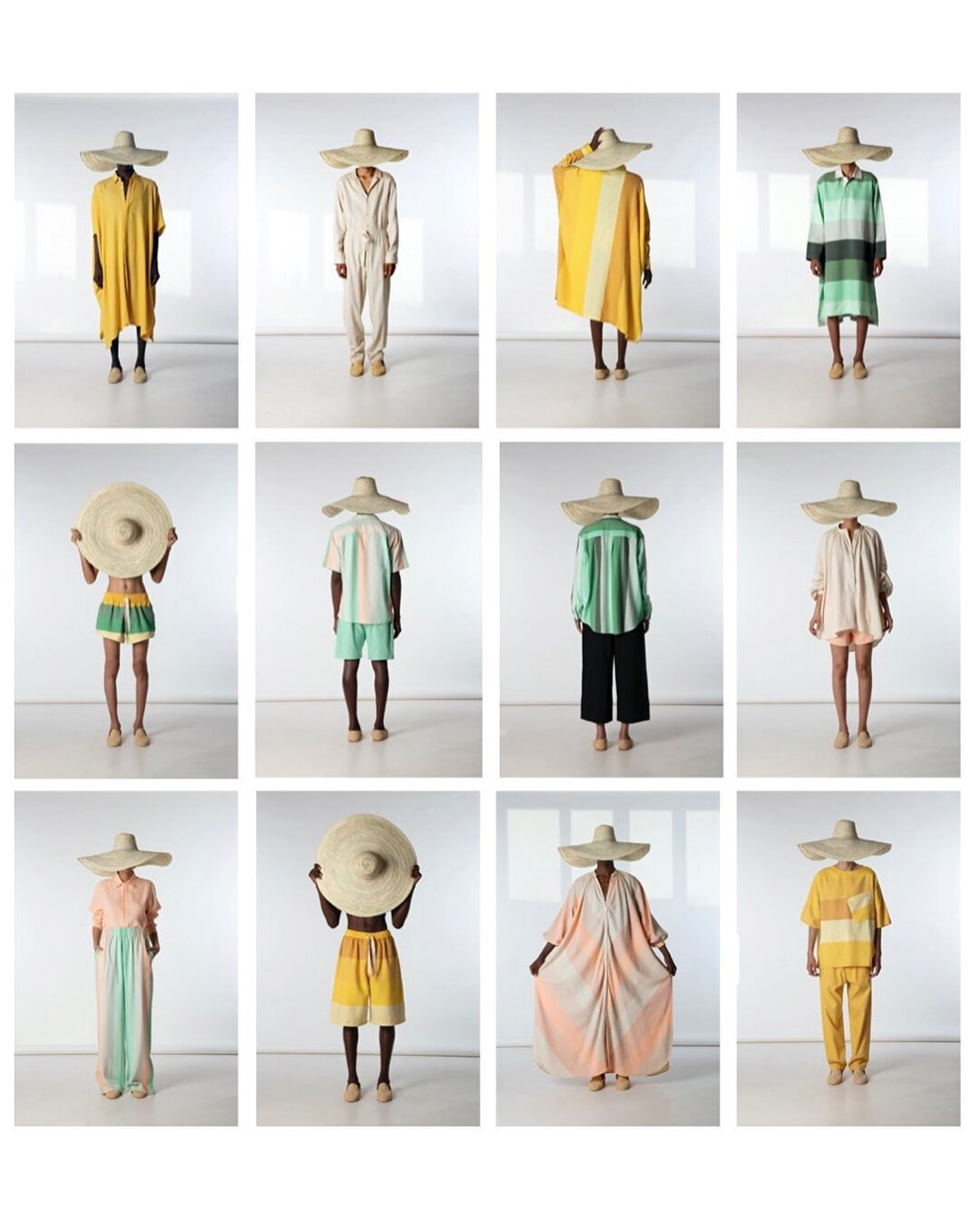What's next for the fashion influencer in a time of increased sustainability awareness?
As consumers grow increasingly wary of influencer marketing, we consider what’s next for the fashion influencer.
Key Takeaways
Mindful consumers are critical of inauthentic promotional content on mainstream social media platforms
The predominant contemporary fashion influencer model is reliant on rapid consumption and is therefore not compatible with a sustainable fashion industry
It is possible to be a sustainable fashion influencer and promote important causes. However, it is important to ensure the focus of a partnership is centred around long-term goals, rather than gifting and one off promotions
Alignment of values is more important than follower count
Brands and influencers are experimenting with new platforms that require a broader influencer skillset
Influencer marketing will continue to be relevant for both emerging and established brands, but influencers who adapt will be more successful
One in five British children want to be one when they grow up. Thousands sign up for reality TV shows hoping to become one. Being an influencer is aspirational to many, so why do so many who have achieved the label want to distance themselves from it? The Oxford English Dictionary states that an influencer is “a person or thing that influences others” or “a person with the ability to influence potential buyers of a product or service by promoting or recommending items on social media.”
According to the UK’s Advertising Standards Agency, you need 30,000 followers to be an internet ‘celebrity’, but brands are increasingly working with micro-influencers as well (3,000-10,000 followers) because what they lack in follower count they make up for in community loyalty. However, as influencers face mounting criticism – whether for jetting off to Dubai during a global pandemic, performative activism or working with brands accused of greenwashing – some prefer terms like cultural curator or digital creative. In fact, influence has always had its problematic side. The word appears in a quarter of Shakespeare’s plays, according to the New Yorker, and the person being influenced is rarely happy or dignified.
Fashion influencing today typically involves an individual with a significant online following collaborating with brands to promote products to their followers. Influencer marketing works, but as the industry evolves fashion influencers may have to adapt if they want to stay relevant. Mindful consumers are growing increasingly wary of inauthenticity on apps like Instagram and distrustful of influencers who collaborate with brands they don’t genuinely love. Sometimes the app can feel like one big shop rather than a community photo-sharing platform.
Sustainable fashion influence
The current fashion influencer marketing model is broken. It is out of step with the times when it comes to sustainability with many top fashion influencers never being photographed in the same clothes twice, encouraging rapid consumption of new clothing. Mainstream reality TV influencers often have lucrative partnerships with brands like Boohoo and Pretty Little Thing, encouraging young people to fuel their fast-fashion habit. Influencers accepting huge amounts of free clothing and beauty products inevitably leads to more waste. To move forward, influencers should liaise with brands on how to make this model less wasteful. Influencers have the power to communicate with brands to make these changes. We have already seen this happening in the sustainable beauty sphere where influencers are demanding that brands reduce the packaging on the products they are gifting. Digital communities like Ethical Influencers and Sustainably Influenced imagine an alternative where influencers only work with sustainable brands and promote important causes.
Besma Whayeb, founder of Ethical Influencers, believes that it is possible to be a sustainable influencer, but it requires working against industry norms. “Instead of keeping up with new trends, new seasons, and new pieces, sustainable fashion influencers tend to focus on re-wearing, thrifting, swapping, and mending clothing,” she says. “Out of the 1000+ members on the Ethical Influencers network, sustainable fashion is the most popular topic, with 715 identifying this as the main focus of their content.”
Climate justice activist Tolmeia Gregory used to receive many gifted products before she decided to change paths. “Adapting means beginning to rely less on capitalist values such as consumption, status and accumulation of wealth,” she says, “and instead champion slower consumption and meaningful action. In some cases, this means influencers changing career paths altogether. I know for me as an activist, it has been very comforting to separate my source of income from my Instagram platform for the most part.”
This year, trend forecasting agency WGSN coined the term ‘genuinfluencer’ to describe influencers who use their platform more to spread knowledge and raise awareness of important causes than to promote products. WGSN defines the word ‘genuinfluencer’ as, “Focusing on lessons over likes, influencers will continue integrating learnings into everyday content, often partnering with businesses and governments.”
Genuinfluencing feels more meaningful than a constant stream of sponsored content. This will appeal to the more mindful consumer who is critical of superficial engagement with issues. Fashion futurist and trend forecaster Geraldine Wharry suggests that, “The mindful consumer is leading the charge and influencers have to have a deep understanding of social justice, mindfulness, inclusivity and doing things for the greater good, not just for profit or what are increasingly seen as outdated notions of success. Paying lip service to key issues is not being called out. The user wants to follow influencers that don’t just embody their fashion taste but embody their values too.”
However, Instagram infographics and activism can feel hollow if it is not approached in the right way. To engage with an issue properly, Gregory suggests “Giving up space for opportunities related to that cause to activists and individuals who have been in the space for longer, rather than using your influence to shine a spotlight on the early stages of your journey. It’s also really important to take the time to research. Take a look at what partnerships long-term activists have been doing. For example, most climate justice activists will not work with fast fashion brands because it would give those brands a social license to continue being harmful.”
Above photos of influencers who are members of the Ethical Influencers platform. From left to right; Kim Gerlach photo by Marta Miklinska, and Erin of Papermachemind.
Adapting to newer platforms
Some fashion brands and influencers are exploring new platforms like Clubhouse and Twitch because they provide a more intimate, community-based experience. These platforms offer the opportunity to create a niche community outside of the oversaturation of content on mainstream social media apps. “At the moment, we are seeing an explosion of private and niche communities,” says Wharry. “The rise of Clubhouse shows the need to step away from the screen and the power of voice-activated media. Brands and influencers can engage with slow content meaning creating a journey over weeks or months with the influencer, not just a quick campaign.”
As brands start looking to work with influencers in new ways, influencers will have to adapt their skillset with some applying a wide range of skills as digital creatives. “It raises the bar for influencer selection,” Wharry adds, “and it raises the bar for content quality and the experience the end-user is getting.” Instagram remains the most lucrative platform for established influencers, but the oversaturation of content makes it harder to stand out. Brands should look for influencers with a broad skill set to work with on long-term projects with the potential to create more meaningful narratives than sponsored Instagram content.
Conclusion: is influencer marketing still relevant?
The short answer to this question is yes, but influencers who adapt to consumers’ changing expectations will be more successful than those who do not. Influence marketing is still useful for emerging brands but finding influencers who align with brand values is more important than their follower count. Often micro-influencers have a more dedicated following even though they have a smaller audience. “Brands are looking to recalibrate their relationship with influencers as they sometimes do not get the return on investment they expected,” says Wharry. “They are cautious of who they align themselves with more than ever.”
“Brands are looking to recalibrate their relationship with influencers as they sometimes do not get the return on investment they expected. They are cautious of who they align themselves with more than ever.”
Nicholas Minucciani, head of sustainable fashion brand Marrakshi Life agrees that “We must shift our mind on what influencer means. We have tested out a few strategies with influencers, and while visually the imagery might be stimulating, they have not been the best for return on investment. If you are going to work with an influencer, you must align your strategy but the most important factor is to make sure their audience aligns with yours. For example, someone with 2M+ followers is great for visibility, but at the end of the day it doesn’t move product off the shelves for luxury goods since most of that 2M following is not your core audience.” This is when micro-influencers can be more useful. They are also cheaper to work with so make more sense for emerging brands.
New platforms offer brands a chance to work with influencers in new, exciting ways and the opportunity to create a user experience that is more memorable than an Instagram post. This slower form of content creation also encourages a more sustainable, slower approach to fashion consumption because it’s no longer about sending out as much product as possible but being more mindful about what you are doing and why. “I do think being a sustainable fashion or beauty influencer is realistic and important,” says Wharry. “We need as many people on board as possible showing what a sustainable style industry can look like.”
Header image - Tolmeia Gregory, a climate justice activist and illustrator who can be found online here.










